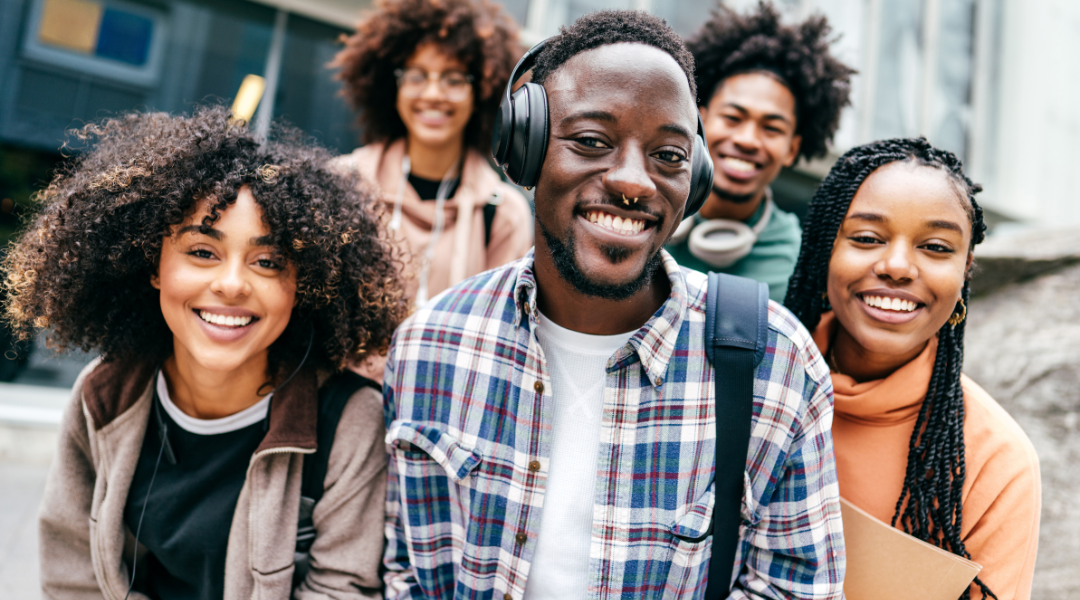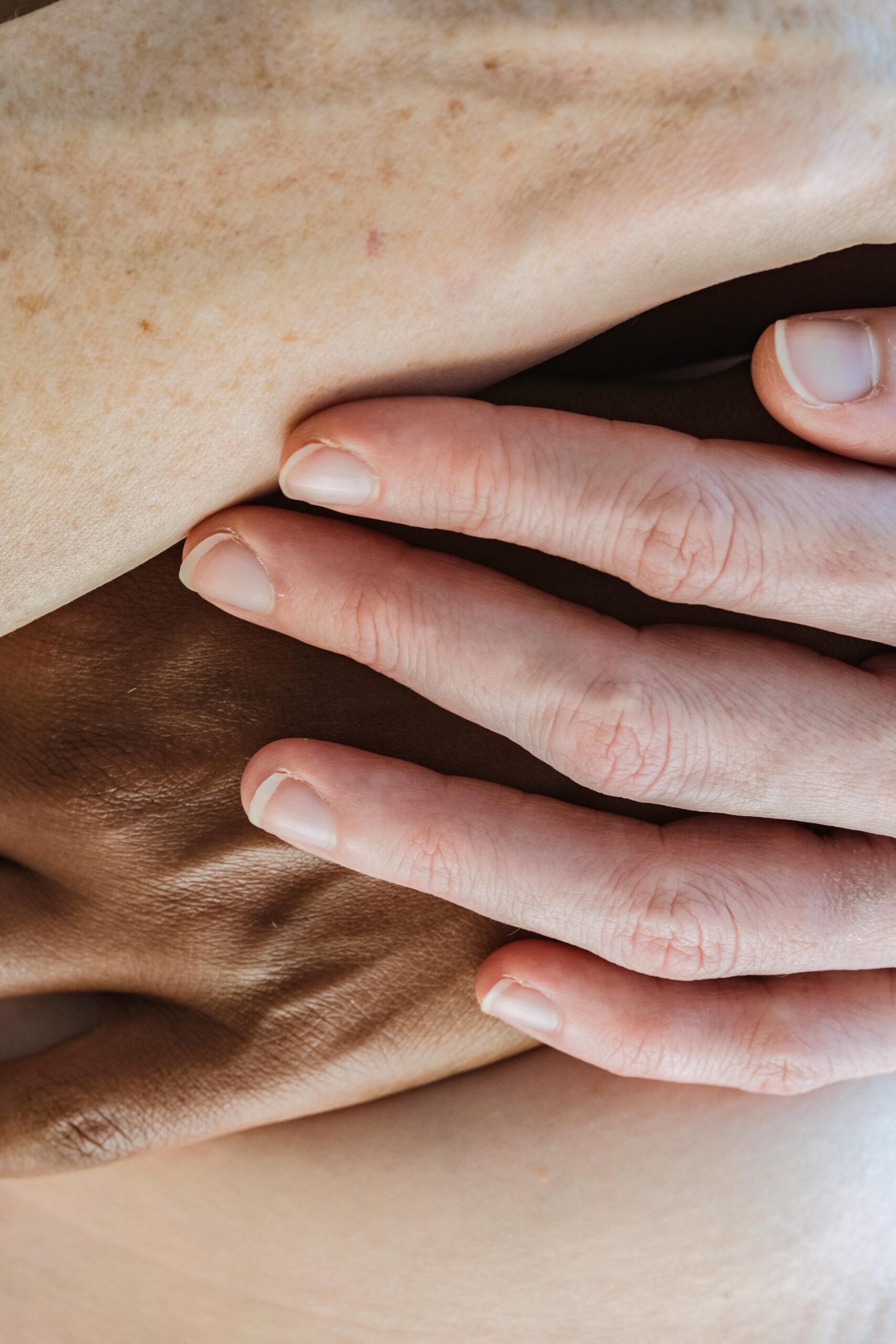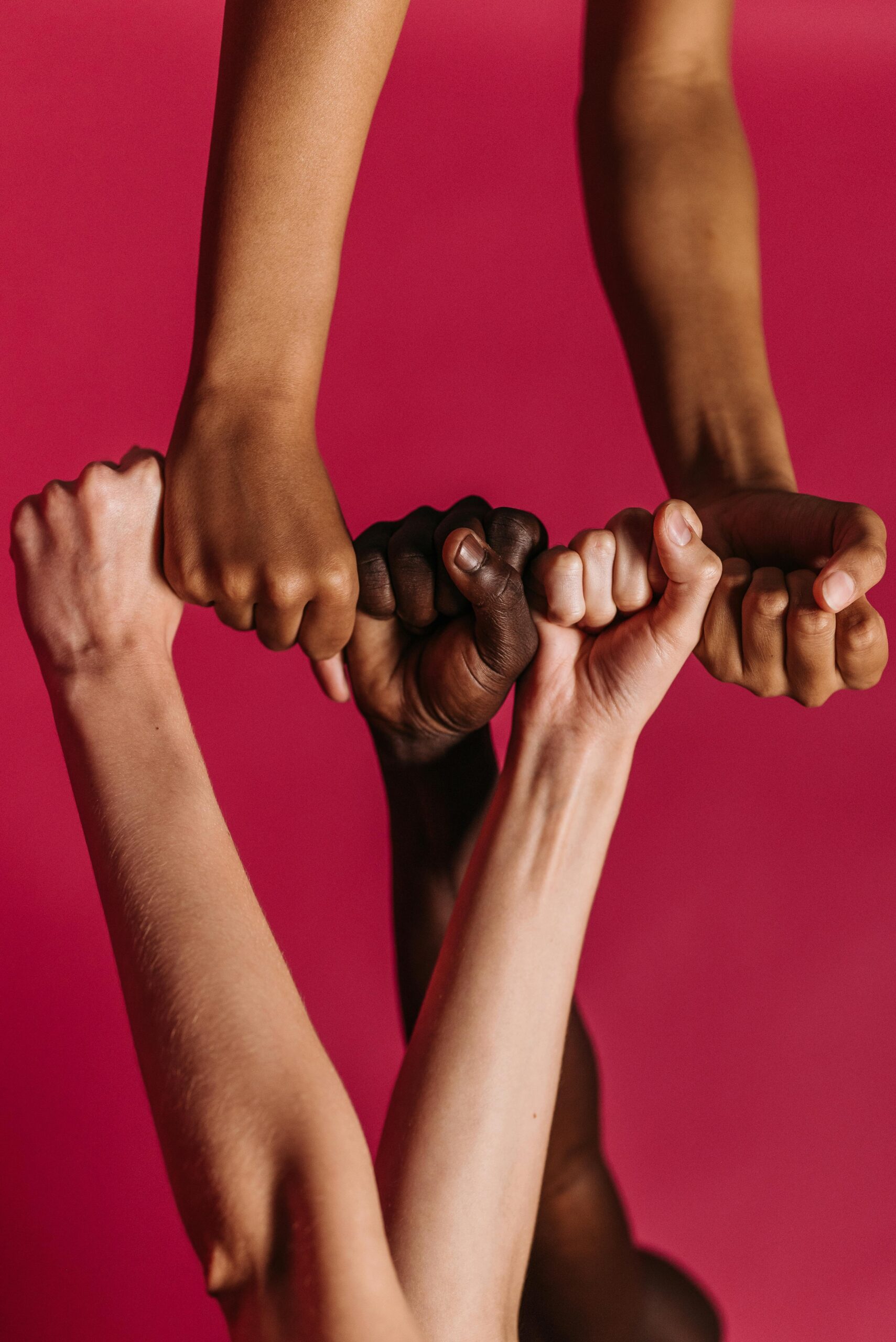November 2, 2024

By Yedidya Ebosiri
There’s no need to list a thousand and one stereotypes by way of introduction. You know them; we know them. They’re everywhere, all the time, numerous. They concern the elderly, overweight people, visible and invisible minorities, people with disabilities, women. These are the ready-made phrases that are tossed around in corridor conversations, in workplaces and within major institutions – remarks that are nothing more than preconceived ideas about those who don’t look like us. About others.
Confused mind, preconceived ideas
Stereotypes are the fruit of our experiences, and are purely human. They result from a cognitive need to categorize the world in order to digest its complexity. In effect, the brain simplifies and classifies the information it processes to better grasp it. This process applies not only to objects and concepts, but also to individuals. Based on our observations, we create categories of individuals with a common characteristic such as age, gender, religion or social class. This common denominator now carries a label, a belief that we nurture.
[…] individual differences become so blurred that there is only one homogeneous whole. A, B and C become A, A and A again.
That’s the stereotype. Sometimes negative, sometimes positive. It’s a simplification, even an oversimplification, of reality to anticipate the behavior of others. A stereotype is created when, within a group, individual differences become so blurred that there is only one homogeneous whole. A, B and C become A, A and A again, with one or two exceptions to the rule. And this is all the more true when the group in question is particularly far away. In fact, the greater the distance, the less detail is apparent. A bit like a short-sighted person moving his glasses away from his pupils.

Nothing arbitrary
On social media, as in traditional media, stereotypical images and statements fuel preconceived ideas about certain people. The phenomenon is exacerbated in the digital age, where algorithms adapt and feed false narratives and biases. An American study analyzing over 14,000 police agency posts on Facebook showed that arrests of black suspects were over-represented by 25% compared to actual rates, particularly in Republican-leaning communities. This distortion of reality can induce or reinforce the prejudices of individuals who consume this content.
We are all, in one way or another, both the objects and the instigators of stereotypes.
And that’s not all. Extrapolations about social roles also contribute to the development of stereotypes. In patriarchal societies, women are generally in charge of child-rearing and domestic work; in Western societies, school drop-outs and newcomers are over-represented in the lowest-paid jobs. When the brain registers such findings, its tendency to categorize leads to stereotyping of these people. Thus, we’ll be convinced that women are predestined to be homemakers and that the elderly can’t drive.

Heavy consequences
We are all, in one way or another, both the objects and the instigators of stereotypes. After all, many are rooted in the collective imagination. Knowing that stereotypes are merely ideas born of an inevitable cognitive process, the real problem lies in what they engender: prejudice, the belief that is the mother of discrimination. And that takes its toll on morale.
Isolation and loneliness are also evils that accompany stereotyping, which becomes a discriminatory act.
Racial profiling, for example, is a direct consequence of negative stereotyping of visible minorities. In Canada, black and aboriginal people make up only 10% of the Canadian population, but account for 27.2% of police-involved firearm deaths. There’s no need to describe the traumatic impact of racial profiling, including anxiety and depression, on these communities.

Groups most vulnerable to stereotyping, such as sexual minorities and people with mental health problems, are likely to internalize stereotypes and develop negative emotions that increase the risk of low self-esteem. In schools and hospitals alike, the perception of being the object of stereotypes reduces performance and confidence in the health professionals who perpetuate them. Isolation and loneliness are also evils that accompany stereotyping, which becomes a discriminatory act.
After all, stereotypes are boxes. Let’s not imprison others in them.
Tackling the real problem
Objectively speaking, it’s impossible to eradicate stereotypes: they’re part of human nature. However, it’s important to remember that they are, above all, ideas that are neither eternal nor rigid. To reduce their effects, we need to put them to the test.
- Recognize your biases: know thyself, as the saying goes. The battle against prejudice begins when we look in the mirror.
- Educate yourself: arming yourself with knowledge is essential to deconstructing the notion of stereotypes and its derivatives.
- Denounce: to remain silent in the face of discrimination is to participate in it. Our voices are powerful: let’s use them wisely.
- Using specific strategies: there are many ways of countering stereotypes. Putting yourself in the shoes of someone from a different group, making contact and replacing certain stereotypes with alternatives are all proven strategies.
After all, stereotypes are boxes. Let’s not imprison others in them.

Sources :
- Aronson, J., Burgess, D., Phelan, S. M., & Juarez, L. (2013). Unhealthy interactions: the role of stereotype threat in health disparities. American journal of public health, 103(1), 50–56. https://doi.org/10.2105/AJPH.2012.300828
- Devine, P. G., Forscher, P. S., Austin, A. J., & Cox, W. T. (2012). Long-term reduction in implicit race bias: A prejudice habit-breaking intervention. Journal of Experimental Social Psychology, 48(6), 1267-1278. doi:10.1016/j.jesp.2012.06.00
- Stelkia, K. (2020). Police Brutality in Canada: A Symptom of Structural Racism and Colonial Violence. 72.
- Zhang, B., Hu, Y., Zhao, F., Wen, F., Dang, J., & Zawisza, M. (2023). Editorial: The psychological process of stereotyping: Content, forming, internalizing, mechanisms, effects, and interventions. Frontiers in psychology, 13, 1117901. https://doi.org/10.3389/fpsyg.2022.1117901

Yedidya Ebosiri
Editor-in-Chief
As an eternal student, Yedidya is currently pursuing a graduate degree in public health after completing a bachelor's degree in kinesiology.
Her professional interests are rooted in the fight against social inequalities in health; she dreams of a healthier, fairer, greener world. In the meantime, she draws from her Congolese roots to advocate for a free and feminist Africa.
As a tutor for illiterate clients and a longtime mental health advocate, her intellectual curiosity and interpersonal skills characterize her emerging professional journey. Formerly an editor for a university newspaper, she continues to nurture her passion for journalism and looks forward to putting her writing skills at the service of her community. To her, Sayaspora embodies black excellence and social innovation, which is why she takes pride in contributing to the magazine's outreach.
Similar articles

January 20, 2025




